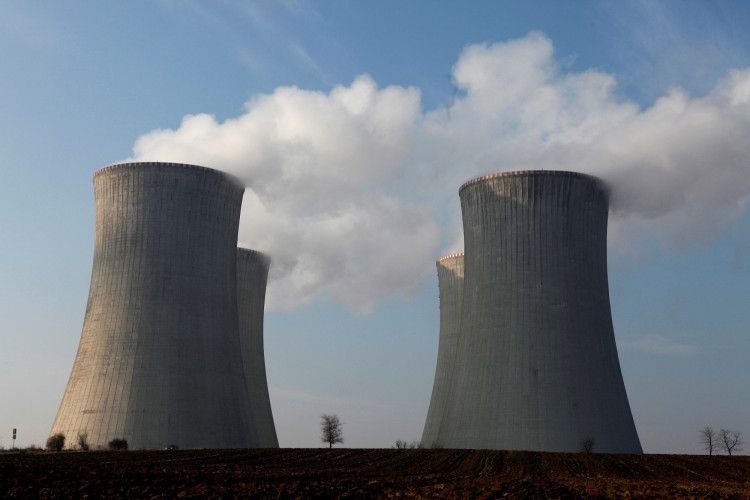In 2011, the meltdown at Japan's Fukushima Daiichi Nuclear Power Station hit the brakes on global nuclear power initiatives. Over the last several decades, nuclear power in North America had been stagnant, largely due to safety and cost concerns.
However, recent nuclear power projects in the United States and Canada have sparked a resurgence in public interest. As the call for zero carbon emissions strengthens, the reliable nuclear energy has once again become the focus of the North American electricity market, offering more stability than renewable energy sources.
In Ontario, Canada's most populous and economically significant province, nuclear energy is experiencing a strong wave of growth. On July 31, provincial authorities unveiled plans to expand the existing Bruce Power nuclear power plant into the world's largest and to add three small modular reactors to another nuclear power plant currently under construction.
Analysts view these developments as indicative of a significant shift in Canada's nuclear industry, which has been stagnant for three decades. The initiatives are seen as critical steps in modernizing the aging power grid, which requires capacity increases without driving up already high electricity costs or compromising emission goals. Some suggest these developments might mark a turning point for nuclear power policies in Canada and globally.
Canada operates 19 nuclear reactors for electricity generation, with 18 of them located in Ontario, most of which were built between the 1960s and 1980s. With rapid population growth from immigration, economic development, and energy transformation, Ontario must double its electricity grid size by 2050. The province will need to spend an estimated 400 billion Canadian dollars to double its power generation capacity to 88.4 gigawatts by 2050, due to increased demand from the transition to electric vehicles, according to the agency managing the provincial power grid.
Thanks to existing nuclear, hydroelectric, and wind power sources, 90% of Ontario's electricity comes from clean energy. However, achieving 100% clean energy generation is challenging given the constant increase in power demand and the instability of wind and solar power. With all three of Ontario's nuclear power plants set for refurbishments this decade, the province will temporarily cut back on its electricity generation capacity. Ontario plans to utilize more natural gas to support the power supply during the construction phase, with the intent to decrease dependence on it once the refurbishments are completed.
Additionally, research suggests that reviving nuclear power construction in Ontario would help the province achieve Canada's 2035 zero-emission power target. Concurrently, residents might only see about a 10% increase in their electricity bills, aligning with their expectations.
Meanwhile, in the United States, a new reactor at a nuclear power plant in Georgia has commenced commercial operation, marking the first new reactor constructed from scratch and put into production in several decades.
On July 31, Georgia Power announced that Unit 3 at the Vogtle plant southeast of Augusta had successfully completed testing and was reliably supplying power to the grid. The reactor was originally planned to start generating electricity in 2016 and construction began in 2009. However, after extensive budget overruns and market concerns about nuclear power following the Fukushima accident, the project experienced significant delays. The reactor experienced several hitches in June and July, leading to temporary shutdowns.
Unit 3, operating at full capacity, generates 1,100 megawatts of electricity, enough to power half a million homes and businesses. The power produced is distributed across Georgia, Florida, and Alabama.
Furthermore, the fourth reactor at the same plant is nearing completion. The plant's first two reactors have been generating power for several decades. The Nuclear Regulatory Commission indicated on Friday that radioactive fuel could be loaded into Unit 4 by the end of September, with commercial operation expected to commence in March next year.
However, the United States and Canada have different stances on nuclear power. Units 3 and 4 of the Vogtle plant were part of an extensive U.S. nuclear promotion program before the Fukushima accident, but most of these programs were subsequently abandoned. Today, as Canada expands its nuclear power initiatives, the newly operational reactors at the Vogtle plant might be the last large-scale nuclear power project in the U.S. for the foreseeable future.






